FOR YOUR HEALTH: Feeding A Global Need

Youth Hunger And Malnutrition Continue To Grow Helping children grow up strong and healthy are companies and non-profit organizations that provide kids with free meals when schools are closed. You can be part of the solution.
(NAPSI)—According to the United States Department of Agriculture, in the U.S., more than 12 million children receive free or reduced-price breakfast at school, and more than 29.7 million get lunch through the national school lunch program. For many, school meals are the only consistent food they get in a day and, while many school districts have continued distributing meals during the pandemic shutdown, when the school year ends, so do school meals. But there is hope and help.
Nationally, companies and non-profit organizations are partnering to help meet the needs in the community. One such partnership between Herbalife Nutrition and Feed the Children, a nonprofit organization, aims at solving the issue of food insecurity. The two organizations have united under the shared commitment to defeat hunger worldwide.
The Importance of Nutrition
The most vulnerable members of our society, children, rely on school meals and feeding programs to survive. Families living paycheck to paycheck may not have savings or support systems to help them. When children are guaranteed proper health and sanitation measures, they are able to prevent and fight disease, enabling them to develop both physically and mentally into strong children who become contributing members of their communities.
“As a nutrition company, we know that without adequate food and nutrition, children are unable to reach their full development potential both physically and mentally,” said Dr. Kent Bradley, Chief Health and Nutrition Officer, Herbalife Nutrition. “In working with Feed the Children, we’ve learned the extent of the issue of food insecurity.”
Disturbingly, 66 million school-age children attend classes hungry across the developing world, according to the Food and Agriculture Organization of the United Nations. As the world continues to experience fear and uncertainty, resources become scarcer. The reality is that food-insecure families, especially kids, are going to be affected more than most.
Dr. Bradley adds, “as a global company providing healthy nutrition to millions of people around the world, we have a responsibility to help those in need of good nutrition.”
According to the Food Research and Action Center, many of the children who face a nutrition gap when the school year ends also are affected disproportionately by summer learning loss. Also known as the “summer slide,” this refers to the loss of academic skills and knowledge over the summer. This means these children return to school in the fall academically behind their peers and struggling to catch up before classes even begin.
Partnering Together
Companies, individual donors and community organizations are coming together to help vulnerable families and communities to ensure that millions who have lost access to food, don’t go hungry. In addition to programmatic support for Feed the Children, the Herbalife Nutrition Foundation has already donated $50,000 to the organization for its pandemic response efforts, through the company’s Nutrition for Zero Hunger initiative.
“Through our vast network of community and corporate partners, Feed the Children continues to work each day to ensure that no child is hungry. There are a variety of ways our community partners are delivering food and household essentials including door-to-door home delivery and drive-thru product pick-ups (food, water, hygiene items). Some community partners even have a call-in number to ensure those who are homebound or quarantined receive the items they need.” says Travis Arnold, CEO and President of Feed the Children.
Feed the Children is taking action to ensure communities aren’t forgotten. Eighty percent of their standard domestic work involves supplying community partners (such as food pantries and soup kitchens) with the bulk of the items they need to do their daily work.
To help Feed the Children in these efforts by donating cash, visit www.feedthechildren.org. Businesses that can donate product (food, hygiene items, and the like) can call (800) 627-4556.



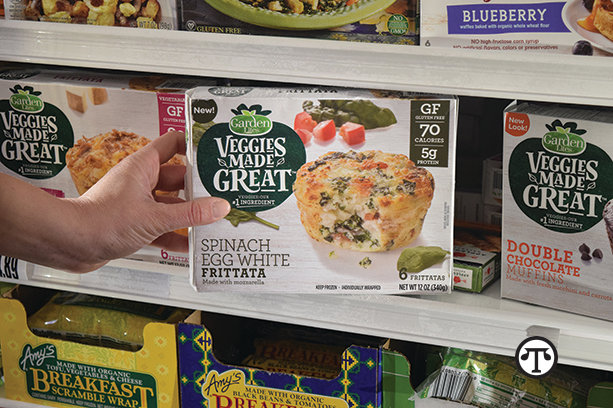
 (NAPSI)—There is no question, migraines can be hard to live with and treat. If you’re one of more than 36 million Americans living with migraine, you know that finding just the right acute treatment can be challenging. Keeping an open dialogue with your doctor will help make sure that he or she knows what types of migraine symptoms you suffer from so that a treatment plan can be tailored for you. Take this simple challenge to determine your Migraine Treatment IQ:
(NAPSI)—There is no question, migraines can be hard to live with and treat. If you’re one of more than 36 million Americans living with migraine, you know that finding just the right acute treatment can be challenging. Keeping an open dialogue with your doctor will help make sure that he or she knows what types of migraine symptoms you suffer from so that a treatment plan can be tailored for you. Take this simple challenge to determine your Migraine Treatment IQ: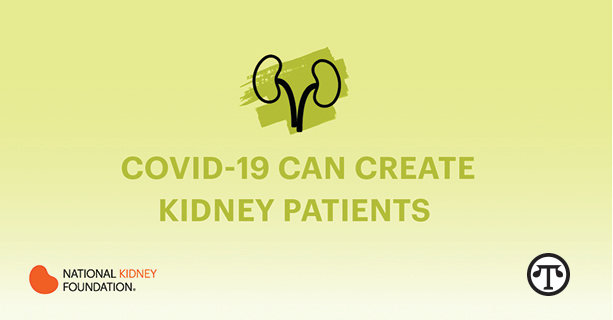 (NAPSI)—According to a recent Harris Poll, too many people don’t know all they should about the dangers of coronavirus—particularly how it can affect the kidneys.
(NAPSI)—According to a recent Harris Poll, too many people don’t know all they should about the dangers of coronavirus—particularly how it can affect the kidneys.
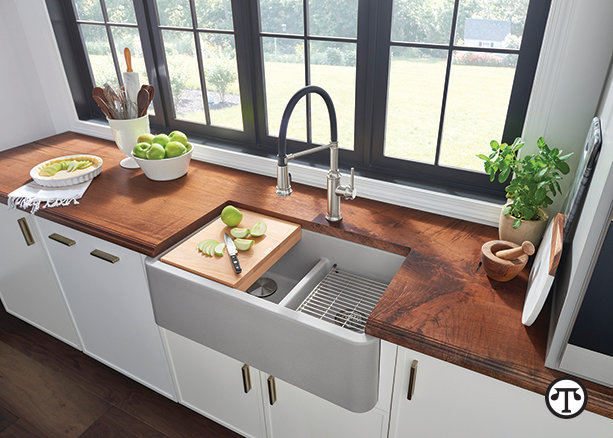
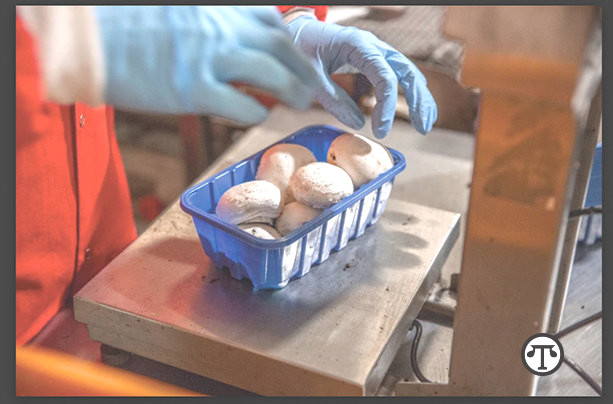

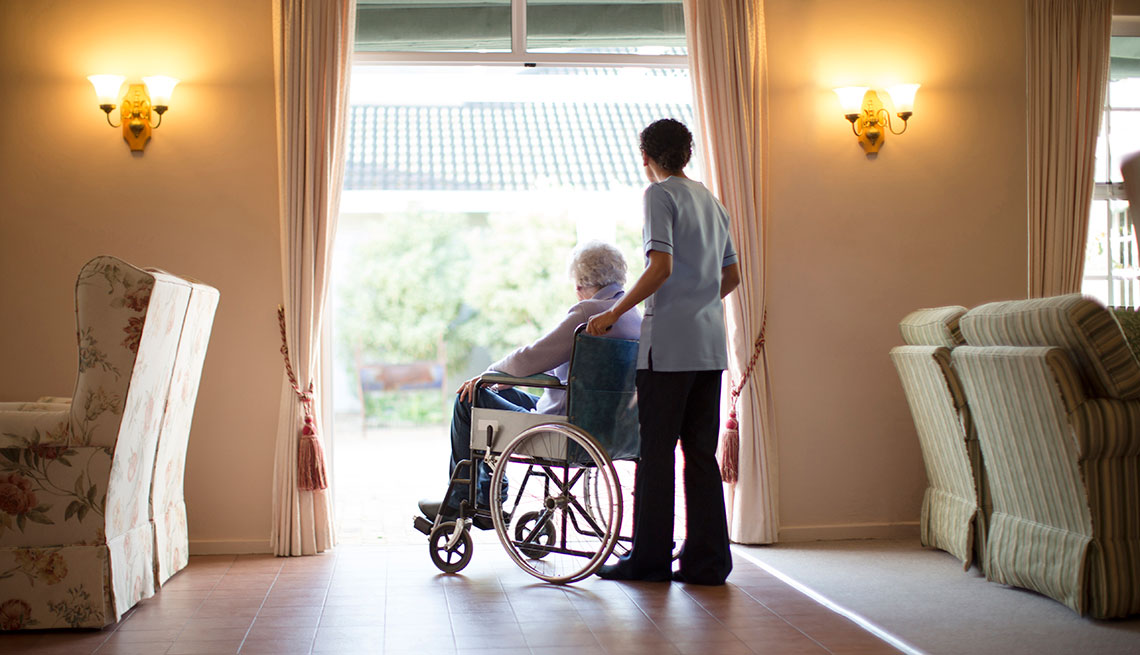 Courtesy of AARP Maine
Courtesy of AARP Maine